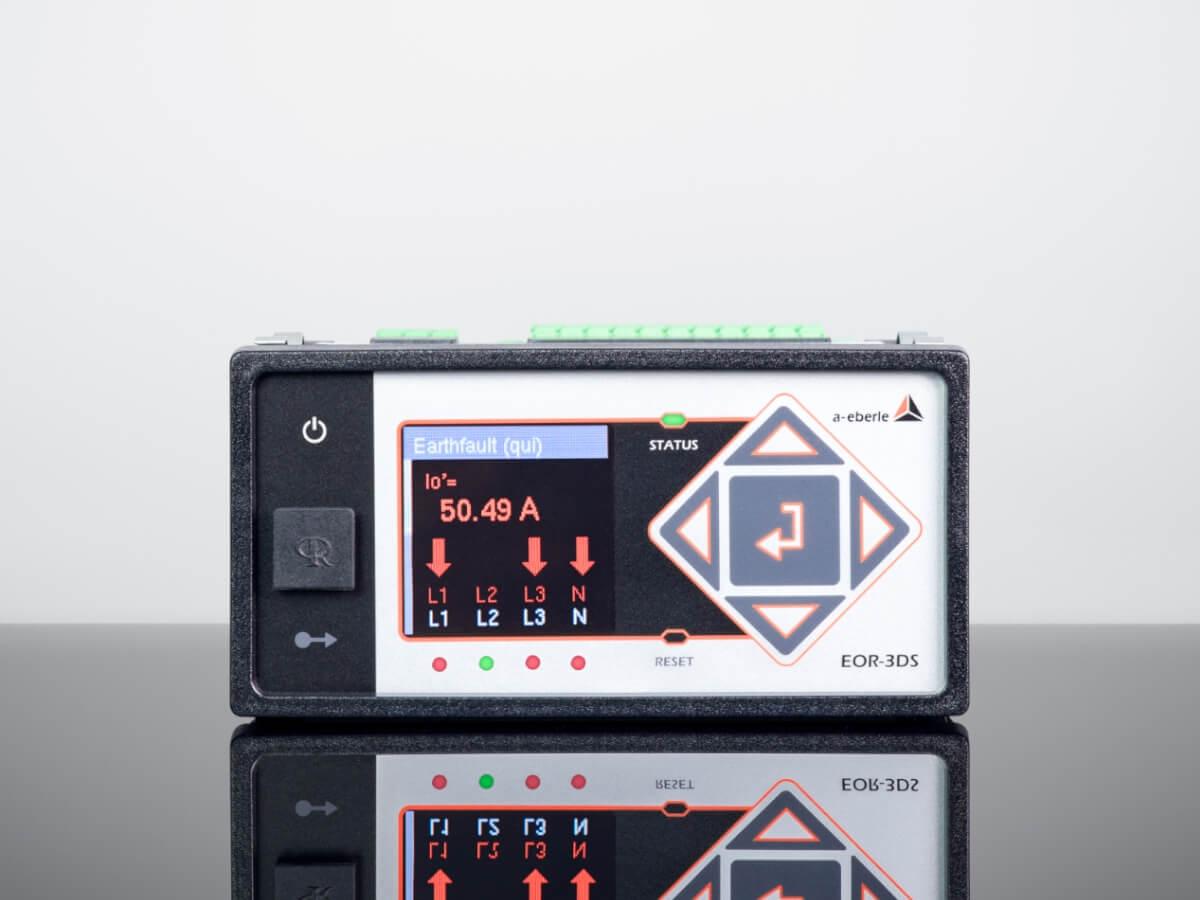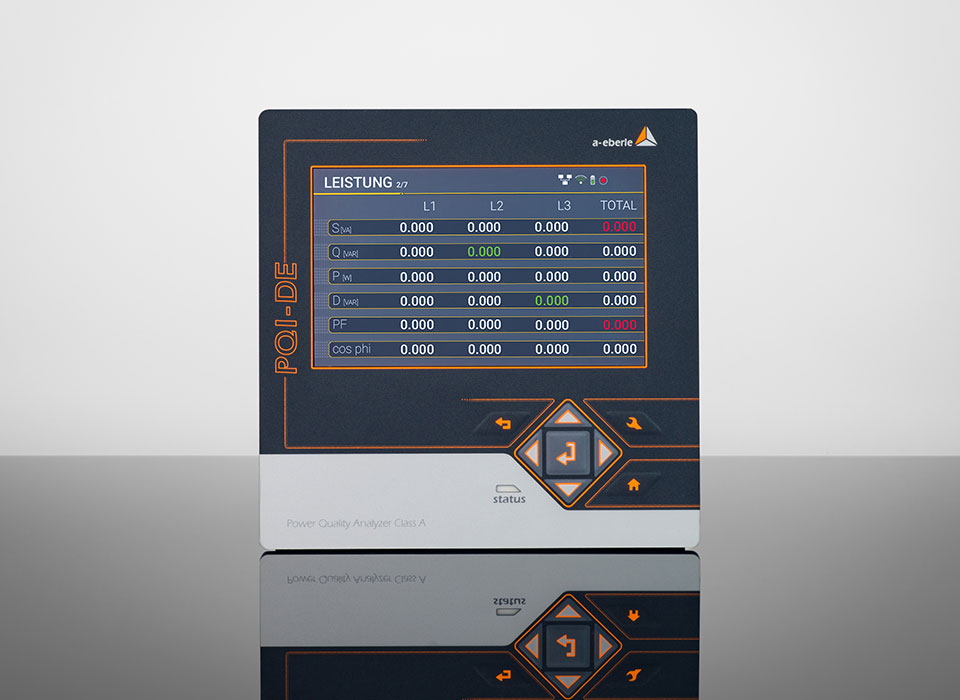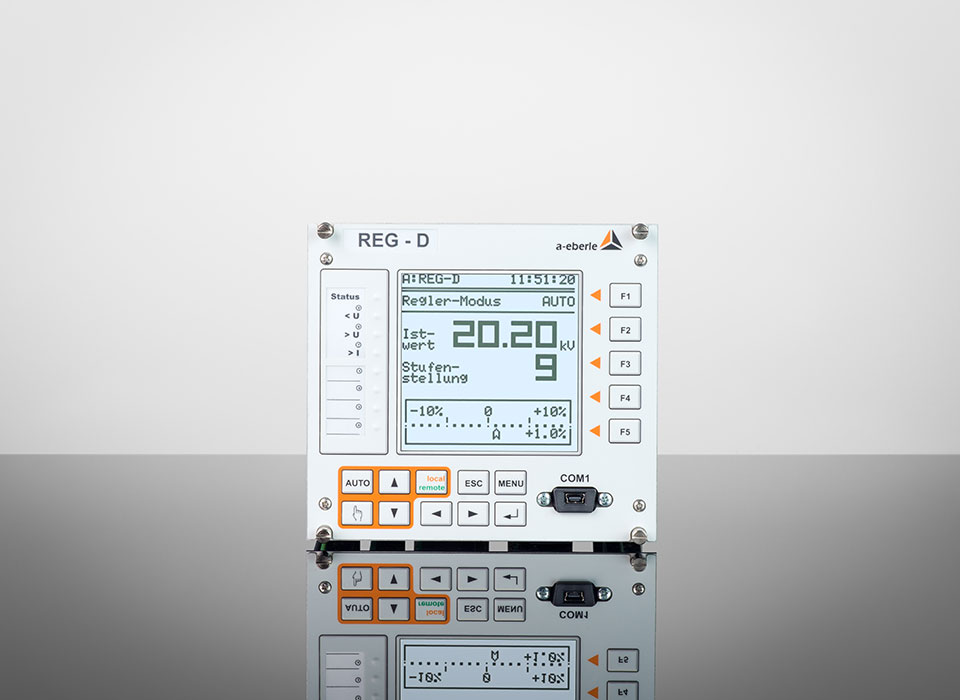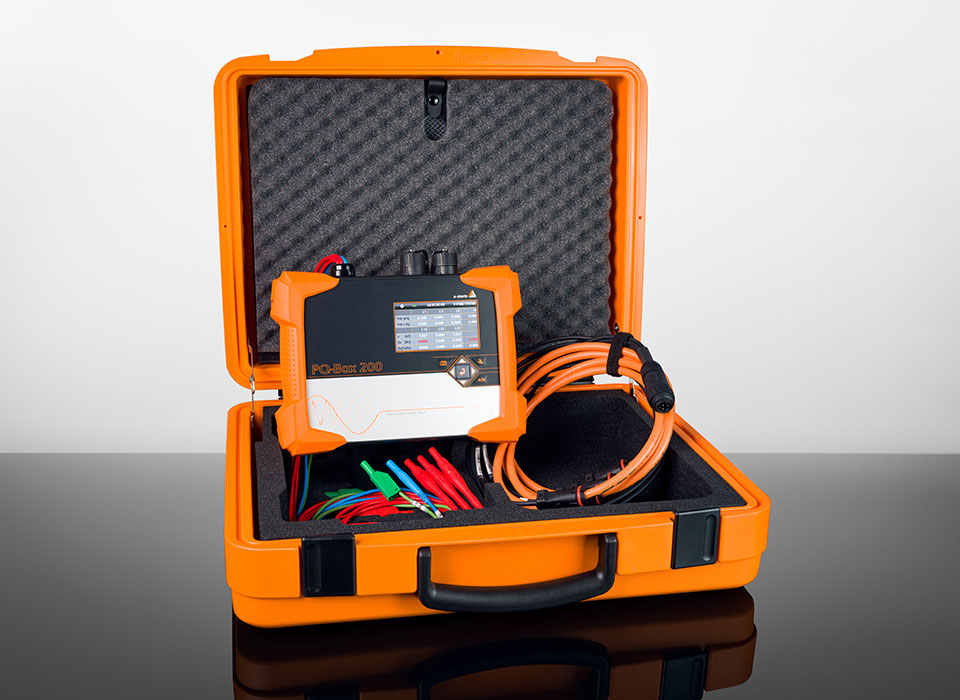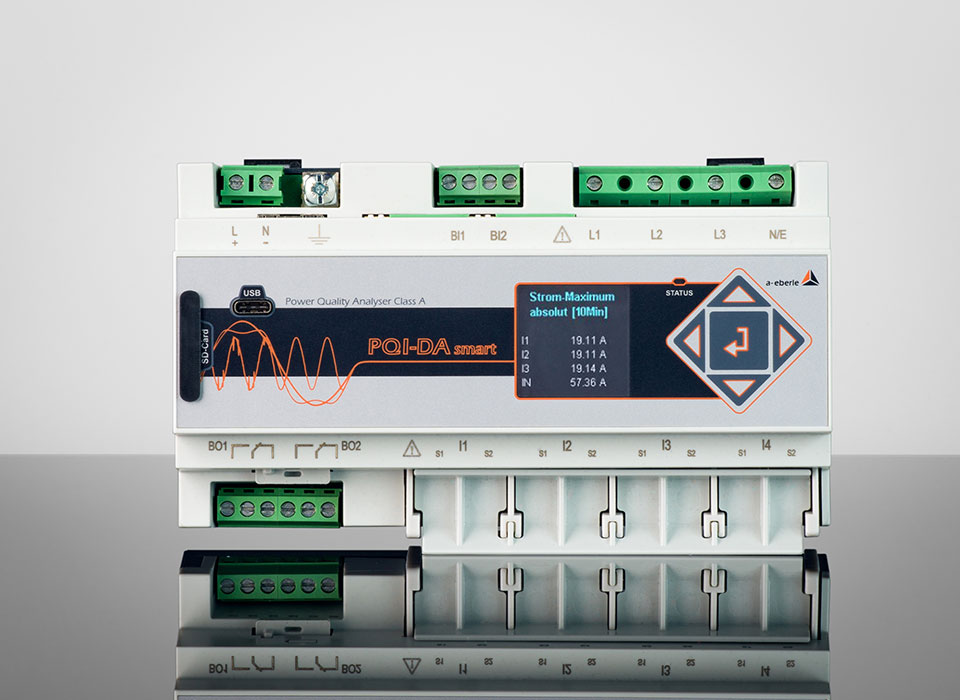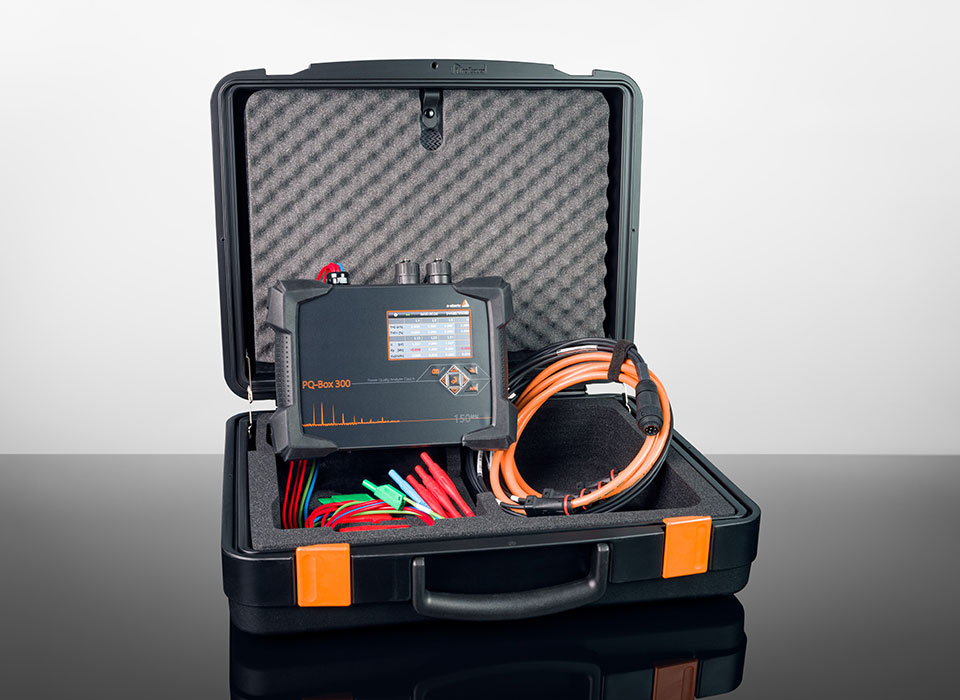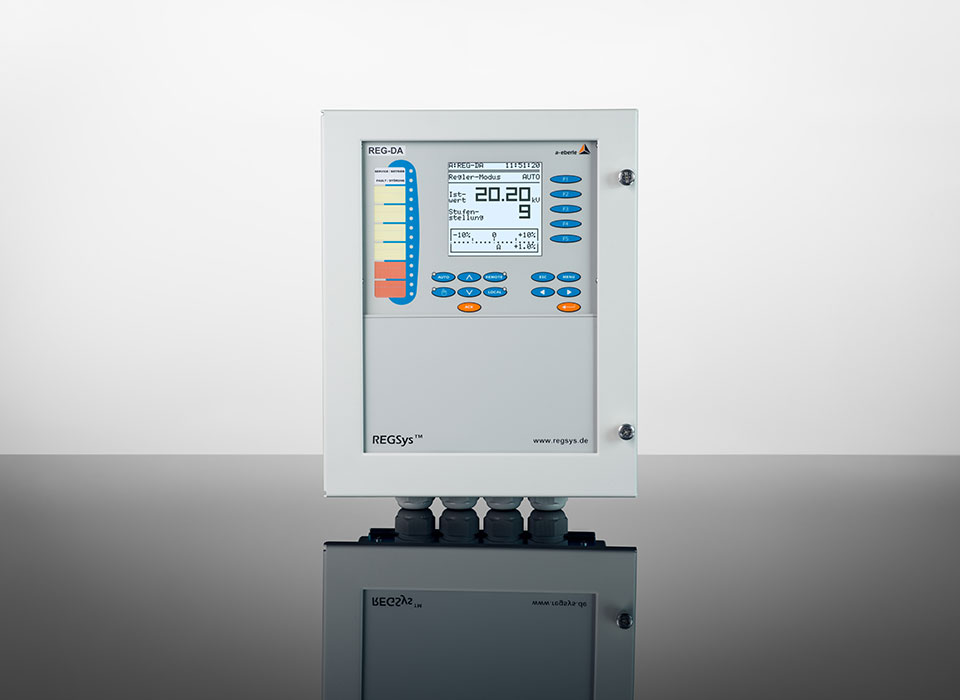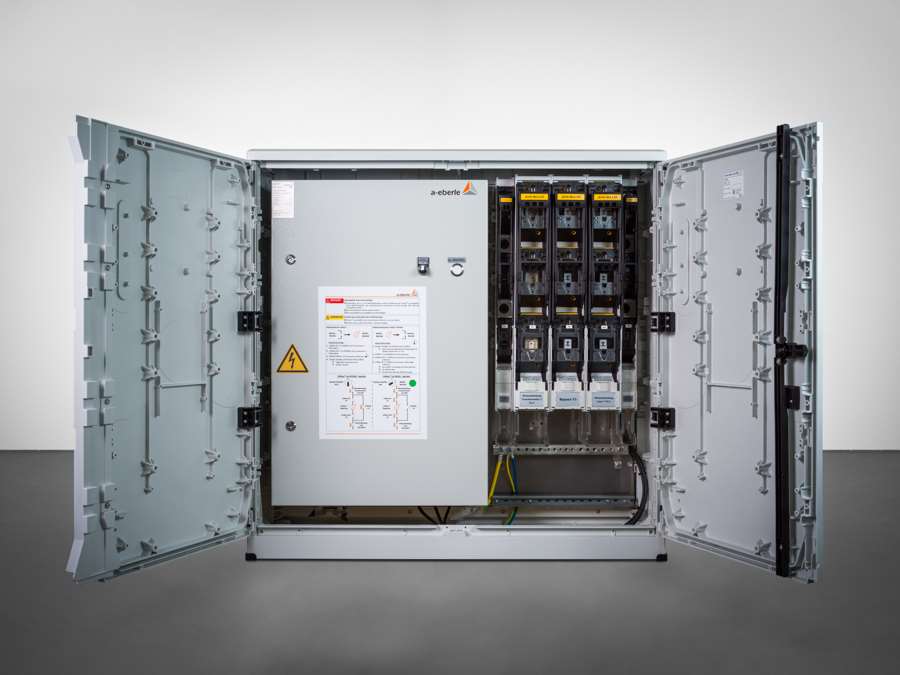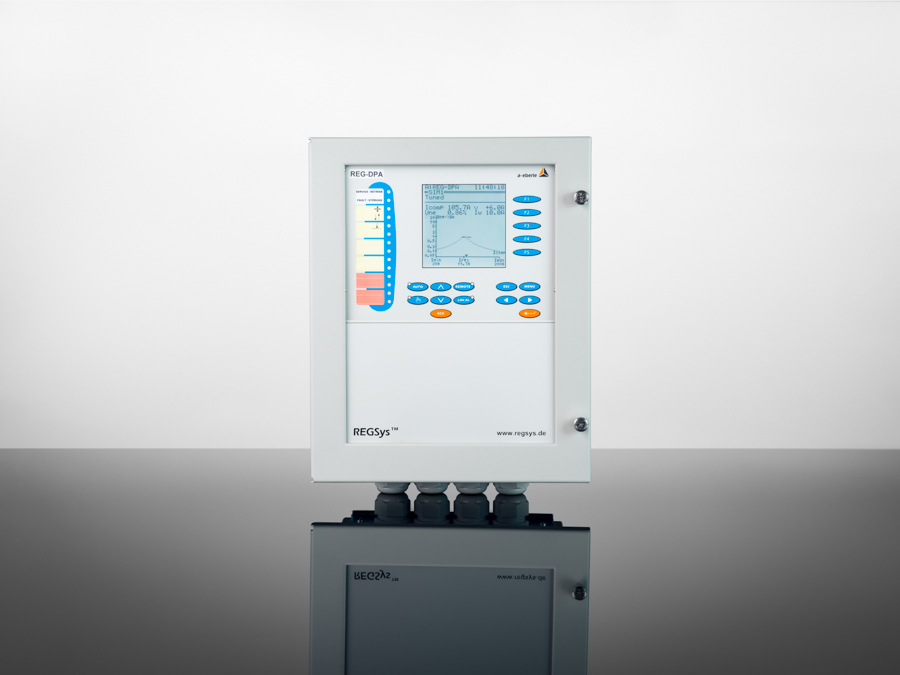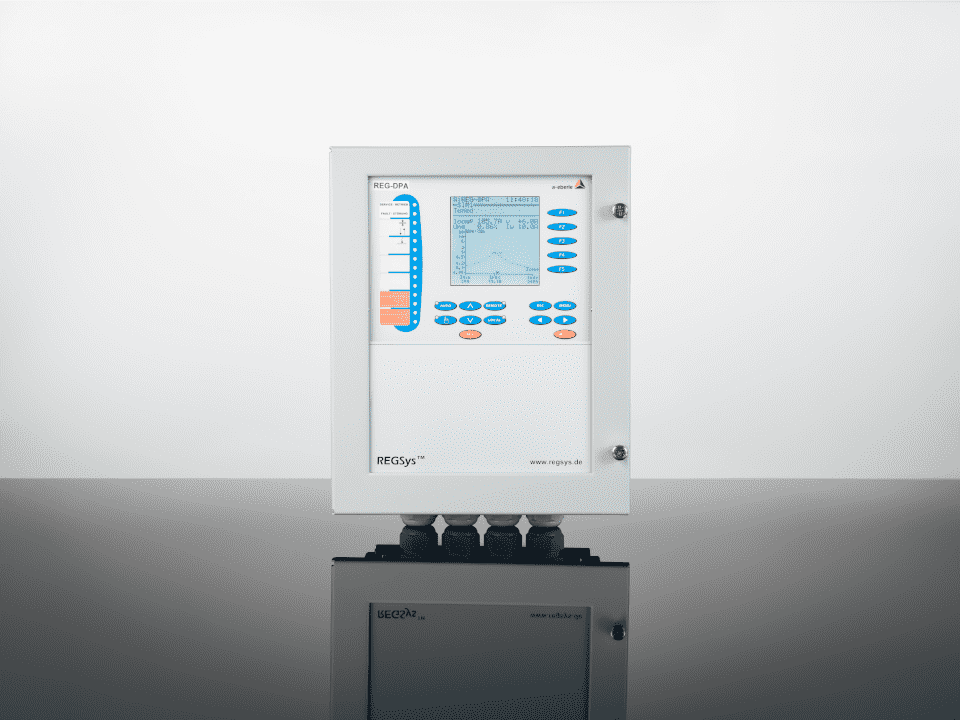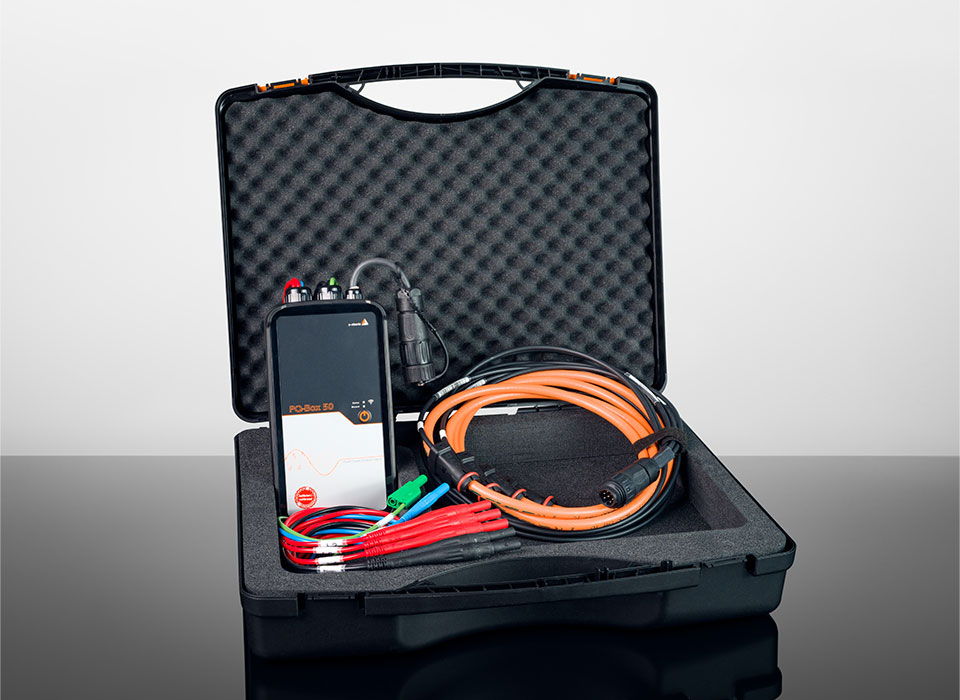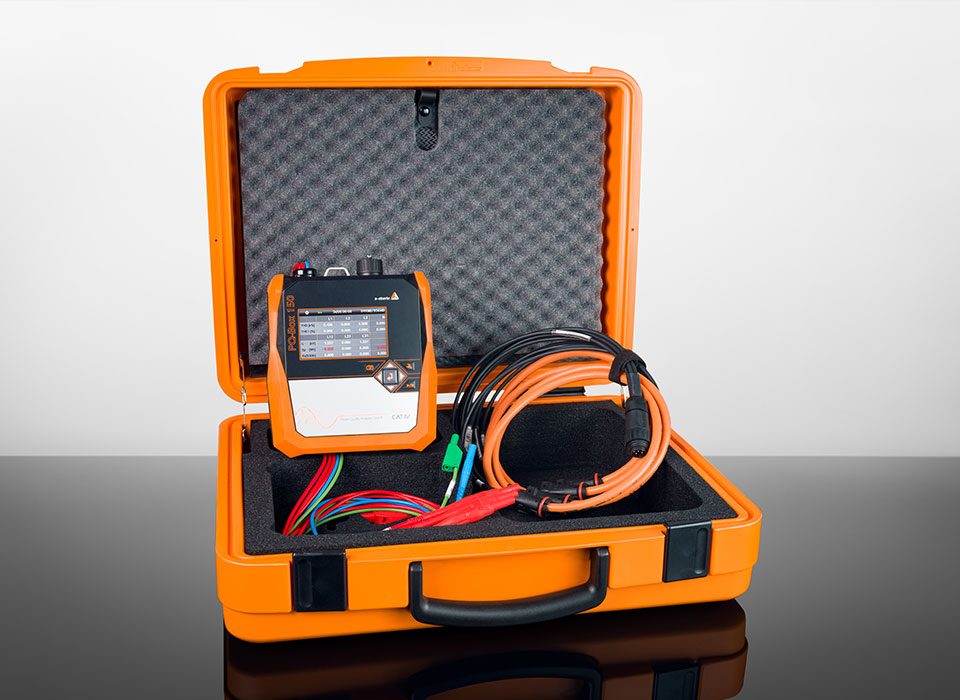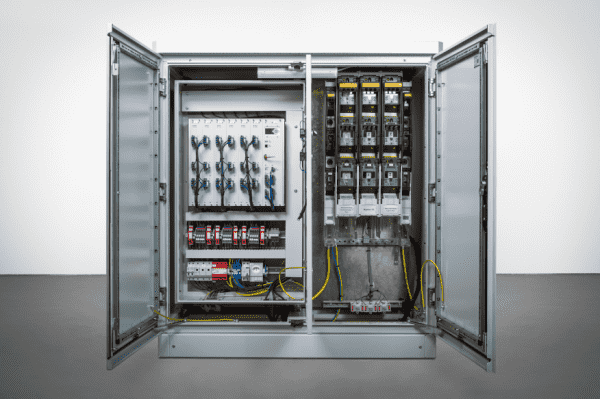Content
What is a smart grid/intelligent electricity network?
A smart grid, also known as an intelligent power grid, is a highly developed energy network that improves traditional power grids using modern technologies and intelligent communication systems. These networks enable more efficient and flexible energy distribution as well as the active participation of end consumers. The official definition comes from the International Energy Agency (IEA), which describes a smart grid as “a network that enables the two-way flow of energy and information between the power plant and the consumer”.
An example of a smart grid application is the ability to charge electric vehicles when the price of electricity is low or to integrate renewable energy sources such as solar energy and wind power into the network when they are available.
The idea of smart grids emerged in the 1990s as the need for more efficient energy management and the integration of renewable energy became more apparent. Since then, numerous developments and technologies have made smart grids an important component of modern energy infrastructure.
What technology is behind smart grids/intelligent power grids?
The technology behind smart grids comprises various components and systems that together ensure that intelligent and efficient energy management is possible:
- Smart metering systems: These systems record energy consumption in real time and enable consumers to control their energy costs.
- Automation and control: This includes advanced sensor technologies that can monitor the status of the power grid and respond automatically to minimize power outages.
- Communication networks: High-speed communication networks are an essential component, enabling the various elements of the smart grid to communicate with each other and exchange data in real time.
- Renewable energies and storage technologies: The integration of renewable energy sources such as solar and wind power into the network requires special technologies for controlling and storing energy.
- Security: Installed measurement and control technology must correspond to the current state of the art in the field of IT security and must also be safe to use in the future thanks to the possibility of patch and device management.
- Data analysis and software: Advanced software solutions process the collected data to recognize patterns, create forecasts and make decisions in real time.
A. Eberle technology in the smart grid
Ready today for tomorrow
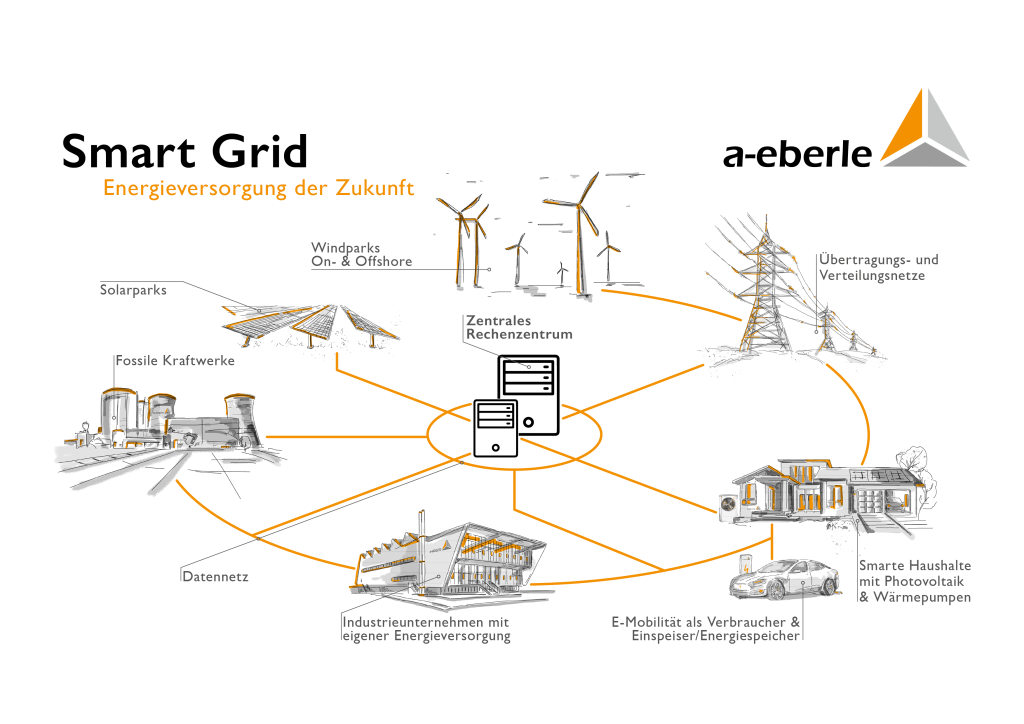

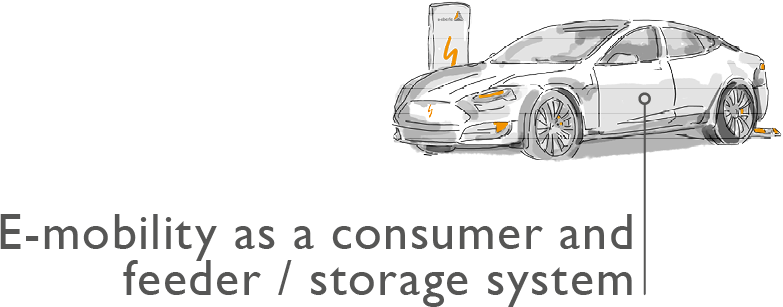
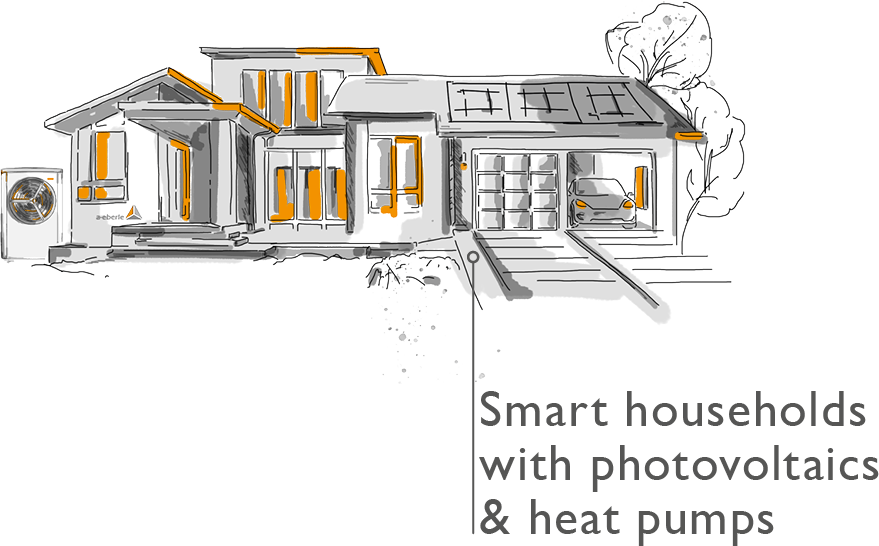
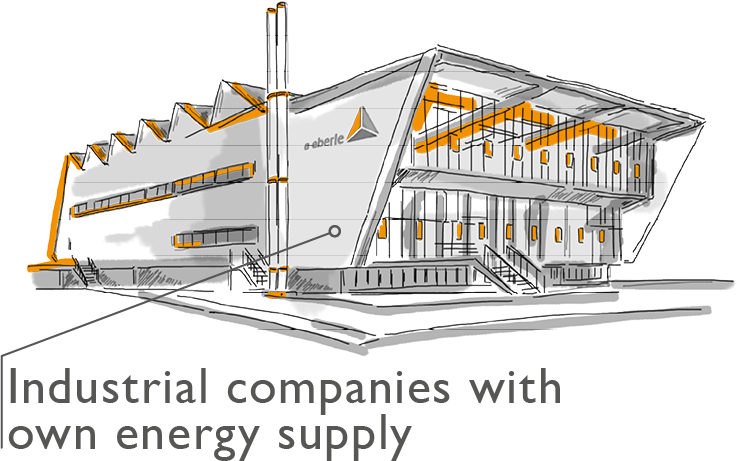

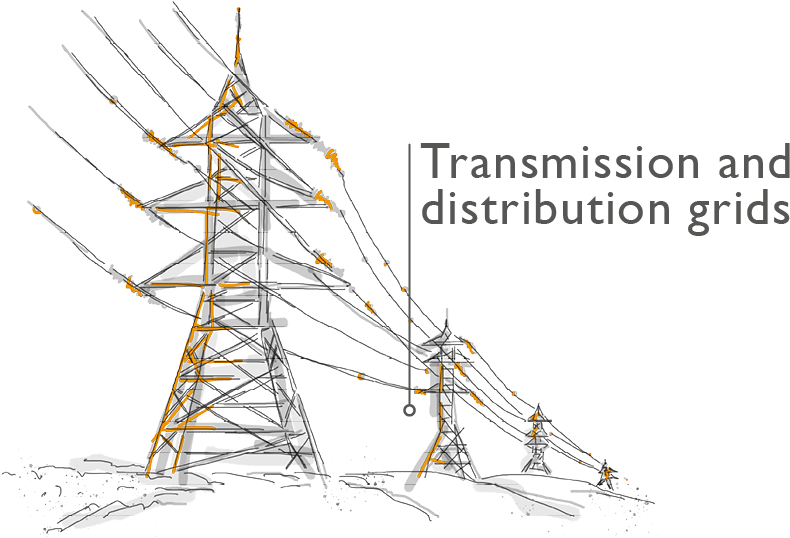
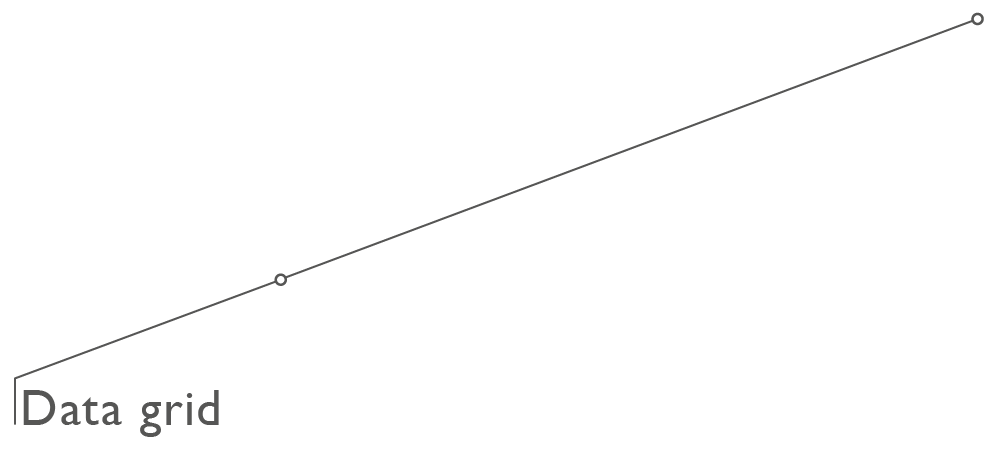
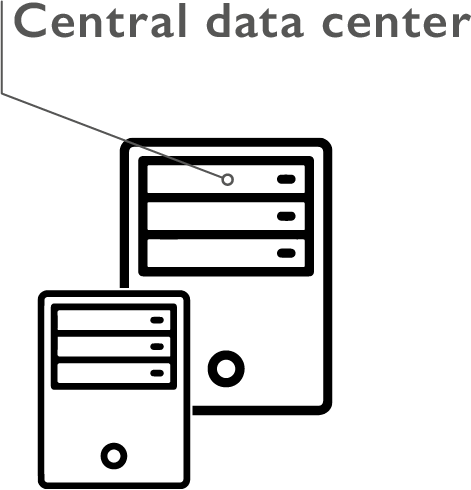
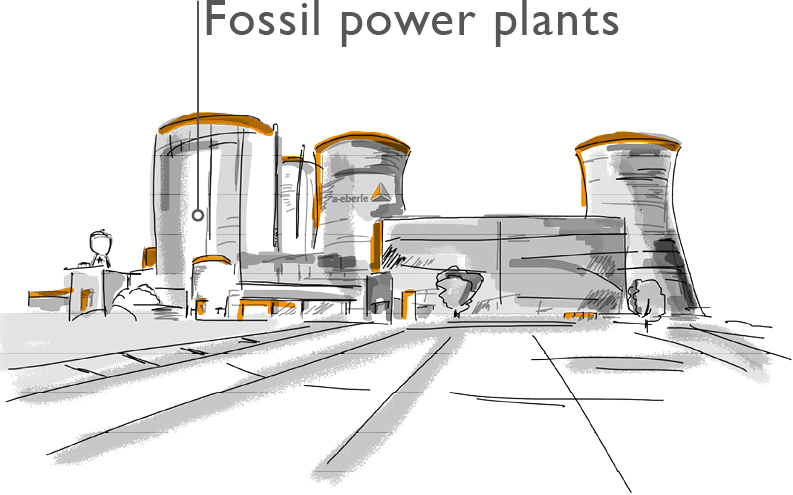
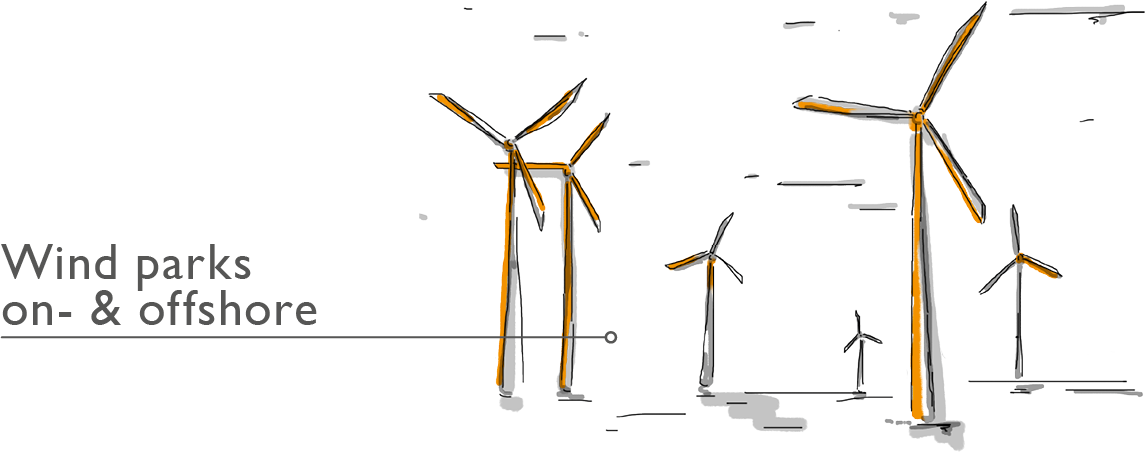
Transmission and distribution grids
-

-
 EOR-1DS
EOR-1DS
The earth fault and short-circuit indicator for in-depth location across the network
learn more -

-

-

Wind farms
Photovoltaic park
-

-

-

-

-

-
 EOR-1DS
EOR-1DS
The earth fault and short-circuit indicator for in-depth location across the network
learn more
Fossil power plants
Industrial location
Energy saving house
E-Mobility
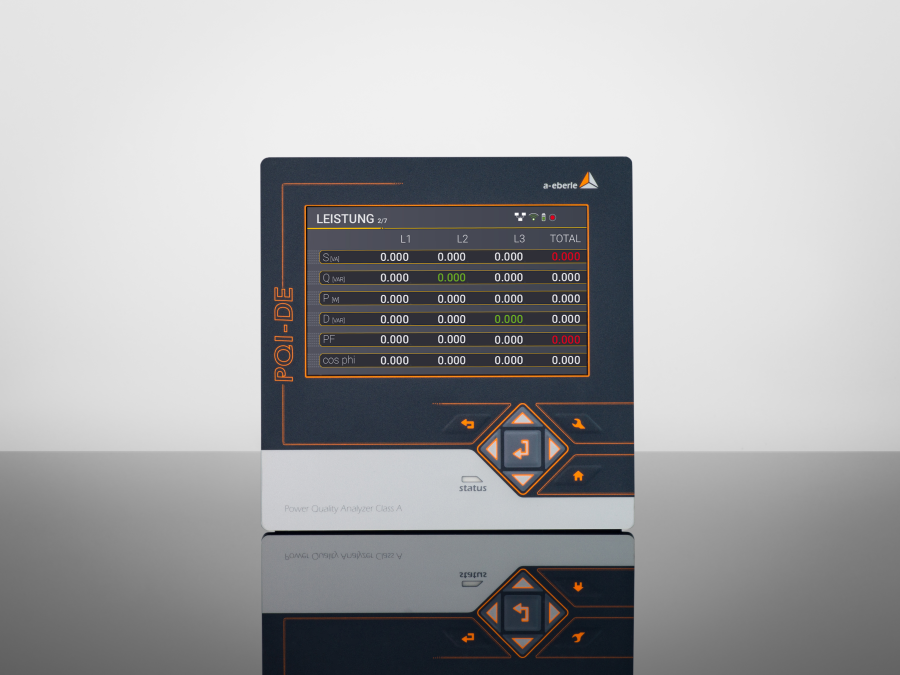
Network analysis in the smart grid
Today & tomorrow with PQSys
The PQI-DA smart & PQI-DE products are the latest generation of our permanently installed power quality and grid analysis devices with fault recorder function. Particularly in conjunction with the new I-Sense technology, which enables current outflow measurement for up to 16 outgoing circuits in the low voltage, our measurement technology increases transparency in the low voltage grid.
The solution is open for intelligent current sensors via Modbus RTU or other third-party devices such as temperature sensors. In conjunction with the WebPQ® software and open interfaces, this further contributes to increasing transparency in the low-voltage grid.
In addition, the solution protects the local substation from negative effects by recording all relevant measurement data in the range of EN50160 measured variables, from supraharmonics to high-resolution fault records to secure the burden of proof in the event of an incident.
In the field of IT security, the PQI-DA smart and PQI-DE power quality measuring devices follow the motto “Security by Design” right from the development stage and are based on state-of-the-art technology:
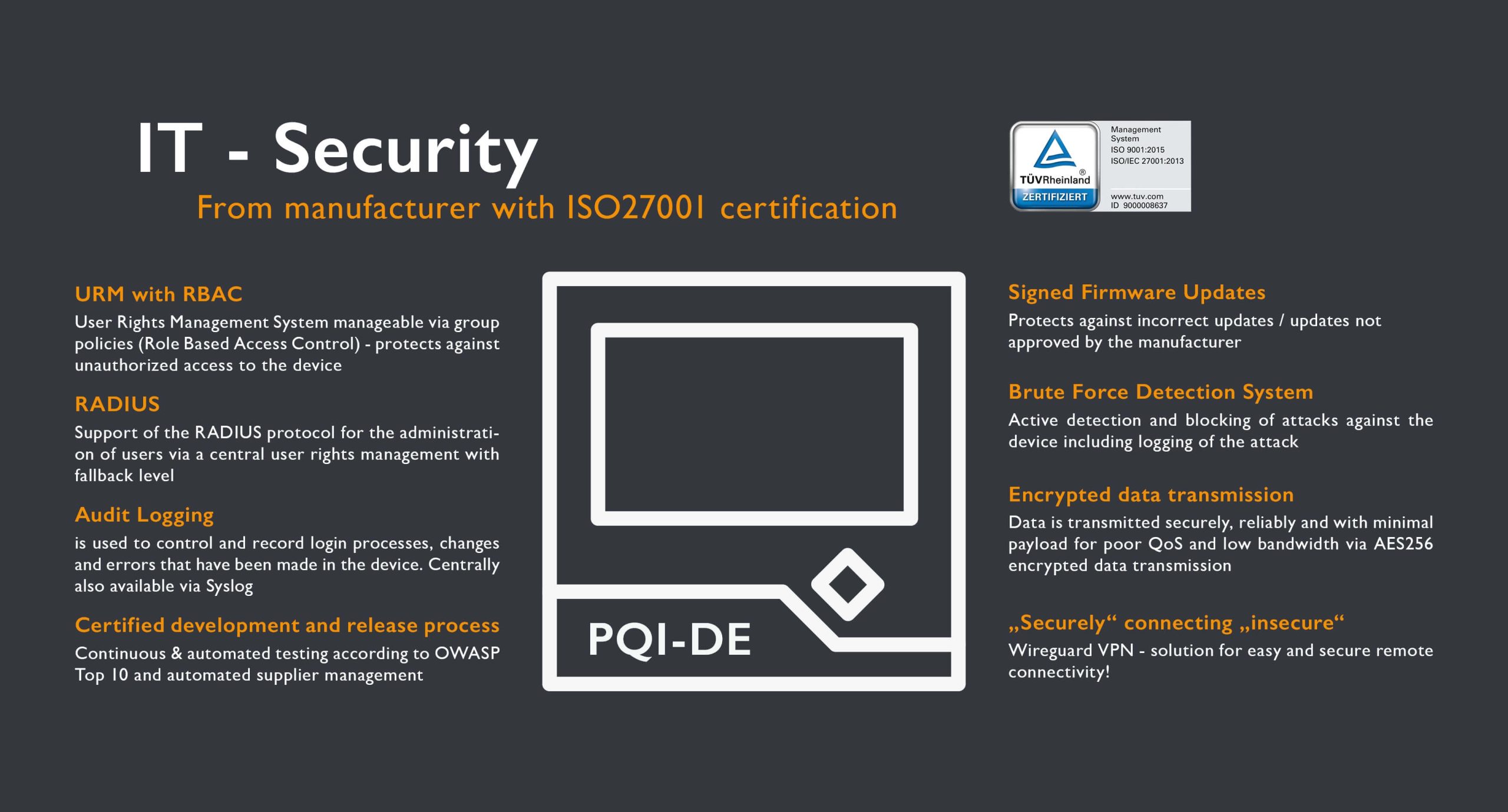
LVRSys® low-voltage regulation system
The system for integrating e-mobility, PV systems and heat pumps into the grid
The transformation of the low-voltage grid, driven by the rapid increase in the integration of e-mobility, photovoltaics and – most recently – heat pumps, poses major challenges for grid operators and energy suppliers. A particular challenge in this context is posed by voltage stability problems arising from the fact that particularly high peak loads and voltage amplitudes will occur in the low-voltage grid of the future.
The LVRSys® low-voltage control system is a flexible and economical alternative to conventional line extensions. Its economical use is worthwhile in all low-voltage grids in which the short-circuit power is sufficient but voltage stability problems exist. The voltage stability problems can occur locally (individual strings) or throughout the entire grid. The LVRSys® can be used flexibly as a string controller or as a controller directly at the local network station.
EOR-3DS
The digitization unit for the future-proof local network station
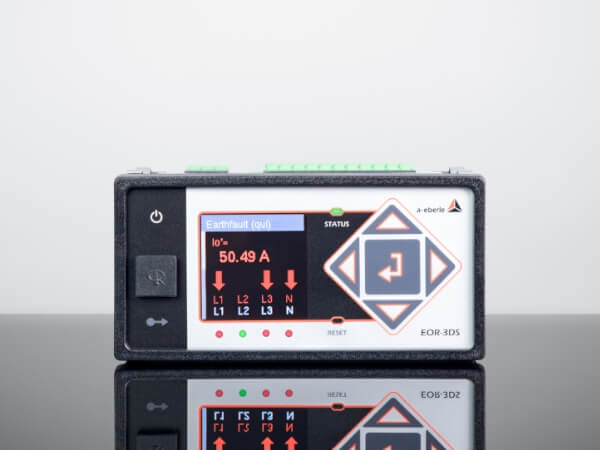
The EOR-3DS in the digital local network station combines classic earth fault and short-circuit detection with the necessary digital interface functions. This turns a short-circuit and earth fault indicator into a completely new class of device: the EOR-3DS as a digitalization unit for local network substations.
For distribution network operators, the digital local network station is a crucial component for the automation, monitoring and efficient operation of their networks. These digital local substations will be an essential element of the smart grid of the future. As a result, distribution network operators are facing new challenges such as the large-scale roll-out of networked devices distributed across the entire supply network. The EOR-3DS in its function as a digitization unit for local substations enables distribution grid operators to operate large numbers of digital local substations in their grids in a future-proof manner.
What are the current or general advantages, disadvantages and challenges of smart grids/intelligent power grids?
Advantages:
- Energy efficiency: Smart grids optimize energy consumption and reduce waste.
- Integration of renewable energies: They enable the seamless integration of solar, wind and other renewable energies.
- Improved reliability: Automation minimizes outages and speeds up network recovery.
- Cost savings: Consumers can control their energy consumption better and benefit from cheaper tariffs.
Disadvantages:
- Costs: The implementation of a smart grid requires considerable investment in technology and infrastructure.
- Data protection: The collection of large amounts of personal data raises data protection concerns.
- Cybersecurity: Networking increases the risk of cyberattacks on the electricity grid.
Challenges:
- Regulatory hurdles: Regulation and legislation must be adapted to support smart grids.
- Interoperability: Different technologies and standards must be compatible with each other.
- Public participation: Public acceptance of smart grids and consumer education are challenges.
What is the status of smart grids/intelligent power grids in Germany and the DACH region?
And what does the future hold?
In Germany and the DACH region, the development of smart grids is at an advanced stage. The spread of smart grids has increased in recent years, particularly due to efforts to integrate renewable energies and increase energy efficiency.
The framework conditions in Germany and the DACH region are characterized by political incentives to promote renewable energies, energy-efficient technologies and innovative grids. These incentives, together with research and development projects, are contributing to the further spread of smart grids.

The challenges lie in integrating a growing number of renewable energy sources, adapting the grids to increasing electromobility and ensuring data protection and cyber security.
The future of smart grids in Germany and the DACH region promises increased integration of renewable energies, improved grid stability and greater energy efficiency. As an expert in this field, A. Eberle offers valuable solutions for these future challenges in the development of the smart grid.

